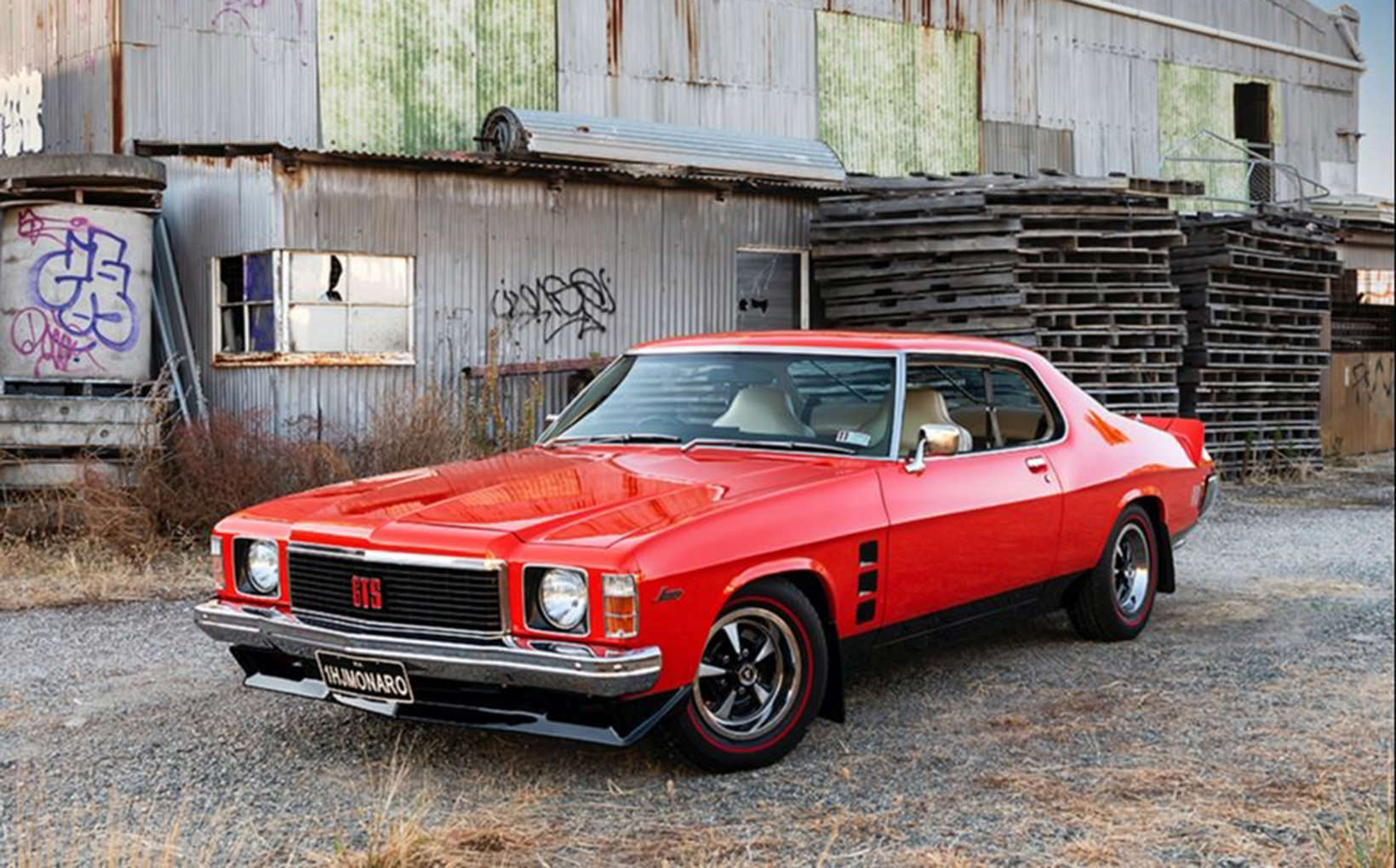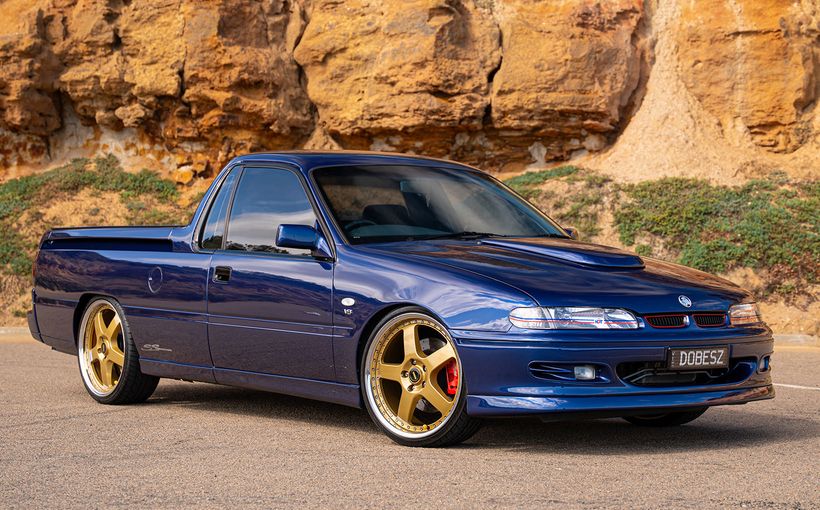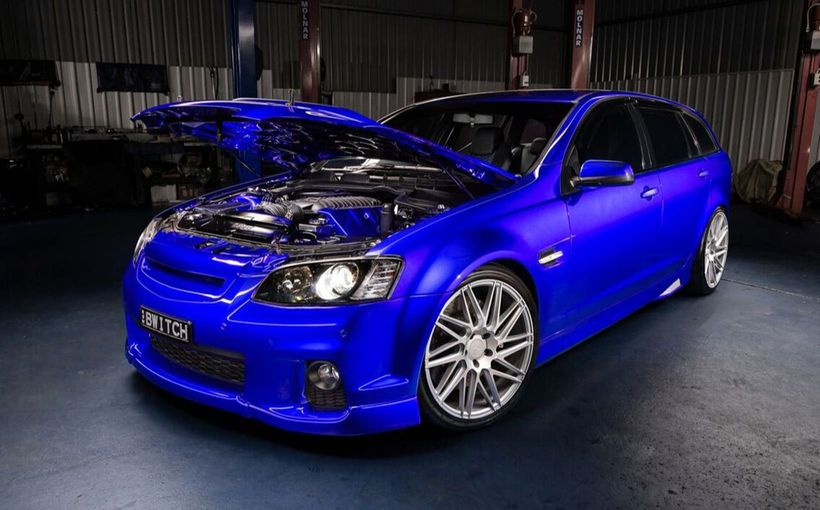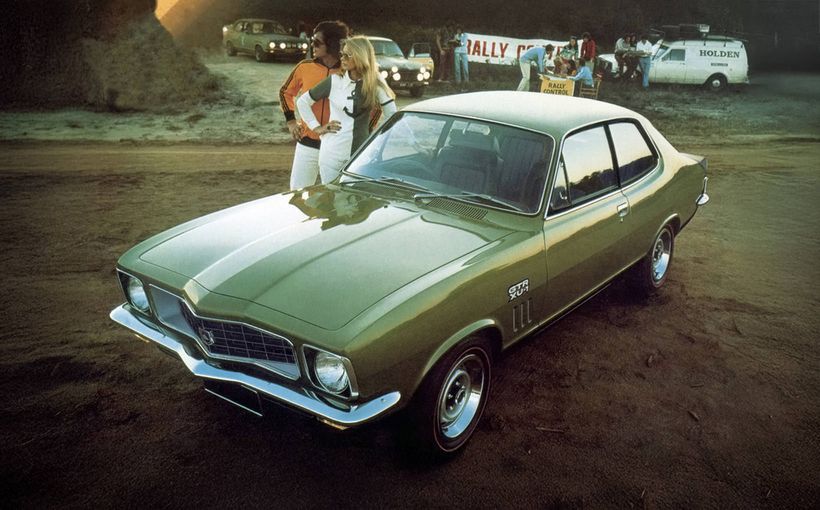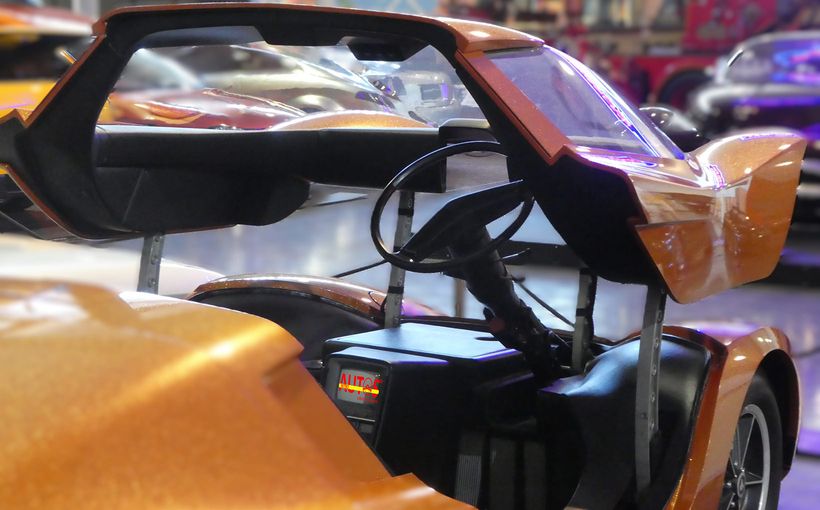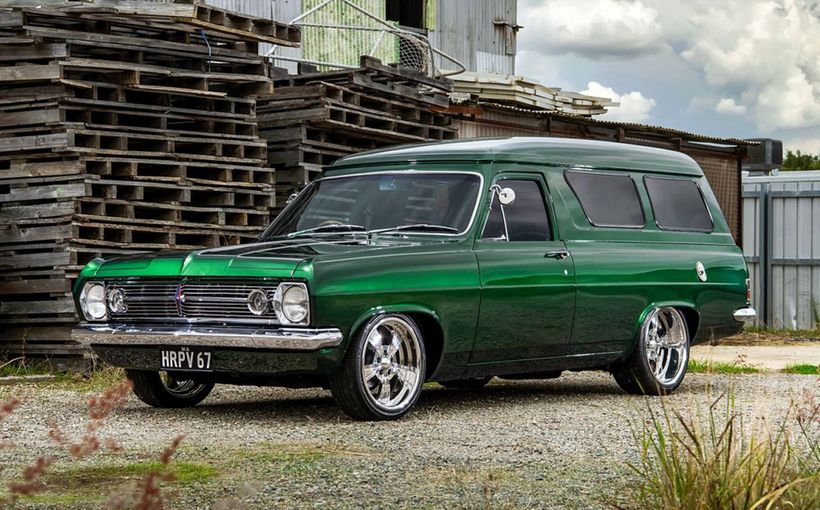Angelo’s Mandarin Red HJ Monaro: Slipping under the Radar

Angelo Roberto acquired his lovely HJ Monaro GTS coupe six years ago. It still has the original engine and interior. The previous custodian had the car from 2004 to 2017 and he bought it from the bloke who drove it home from the new car showroom – so just three owners since November 1974 when it was built.
The engine has been rebuilt to standard specification and the car was repainted in 2007-08. Weeks and weeks were spent wet-sanding the bodywork and the finished job is far superior to the factory effort. Mandarin Red, which contrasts well with the 60V beige interior, was one of the hero colours of the era and suits the elegant lines of this now very rare coupe beautifully. It has the factory front and rear spoilers. Even the red-line tyres are correct.

Angelo’s gorgeous A9X Torana was the first car we featured in this Member Spotlight series and the two make happy garage companions. ‘They are very different, ‘says Angelo. ‘The Monaro is a great cruiser but the Torana you want to race it!’ It has factory power steering which, of course, was never available on the A9X. And the original two-barrel carburettor ensures fair fuel economy on the open road where the Monaro feels absolutely at home with that lovely cruisey ride.
The HQ Holden range had been on the market for more than three years when its facelifted HJ successor was introduced in October 1974. At the time, the new model copped a fair bit of flak from the motoring media. There was a view that by ‘squaring off’ the HQ’s curves in favour of a more American look, the designers had compromised the appearance.

(Image: Jordan Leist)
But the Holden product planners had conducted clinics and some participants believed the curvaceous HQ was too ‘soft’. Leo Pruneau told me that the changes from HQ to HJ were similar to those made to turn the EJ into the EH.
In response to this feedback from the clinics, the designers gave the HJ Holdens a stronger, more aggressive-looking frontal treatment. The sedans also got new rear styling, with the lights lifted out of the bumper and faired into the guards. But economies of scale meant that the HJ Monaro coupes did not get the revised rear end, something for which almost every enthusiast is now grateful because that HQ lights-in-the bumper look is so stylish, so much a part of what made the HQ design highly respected in the 1970s and even more so today! And when the HJ nosecone is treated to a deep spoiler as on Angelo’s magnificent original example, it absolutely looks the goods!

(Image: Jordan Leist)
There may have been suspicions at the time that the carryover rear styling for the HJ meant coupe production would soon be discontinued: indeed, that soon proved to be the case, with the HJ proving to be the last ever Holden Monaro GTS two-door. With HX – less than two years down the calendar – the Monaro was a sedan-only affair, while the limited-edition LE coupe was never known as a Monaro and was more like a coupe edition of the plush Caprice with the emphasis on luxury rather than performance. The HZ followed in 1977 and the Monaro name had been dropped, doubtless Holden executives believed forever. The flagship performance HZ variant was known simply as the Holden GTS.
By the mid-1970s demand for big two-door editions of Australia’s Big Three – Holden, Falcon, Valiant – was in decline; sales of the HK/HT/HG Monaro GTS range coupes had been comparatively strong. All of which means, that the HJ Monaro GTS coupe was the last and rarest of this most special variety of Holden – in production for 21 months, compared with 40 for the HQ. Indeed, the retention of the elegant HQ rear styling in combination with the more aggressive nose just serves to make the HJ coupe seriously special. Monaro GTS sedans sold in much higher numbers. Ford Australia, too, would discontinue its Hardtops when the XC made way for the XD.

(Image: Jordan Leist)
The imported 350 cubic-inch Chevrolet V8 was not available in the HJ GTS, which came standard with the 253 (4.2-litre) and offered the 308 (5-litre) at extra cost. How good were these uniquely Australian V8 engines? Just consider longevity alone: the 253 was optional in the Commodore until VK in March 1984, while the 308 lived on until 1999.
Regardless of which engine it is powered by, the HJ Monaro GTS coupe is a highly desirable machine. The HJ did benefit from a long list of improvements over its predecessor. Notable among these were full-foam seats, a neater instrument panel, through-flow ventilation and firmer suspension settings.

(Image: Jordan Leist)
Angelo particularly likes the HJ dashboard, which he reckons constitutes a huge improvement over the HQ.
He also loves that it’s the rarest of all Monaro coupes with just 606 having made it down the production line, while sedans were comparatively plentiful. Now here’s the big upside – of the 606, fewer than 200 were equipped with the standard 4.2-litre engine. I’d call that slipping under the radar!

Angelo’s example emerged from the factory as an automatic but currently runs the M21 Aussie four-speed. Naturally, he has the automatic transmission in his shed. ‘I’m thinking of putting it back in.’
When you think about it, an HJ Monaro GTS coupe with the ‘little’ V8 and auto trans and power steering in Mandarin Red pretty much sums up the last great days of the big Aussie two-door muscle cars. It placed second in the 2019 Monaro Nationals in Pinjarr and only, says Angelo, because of some small marks in the interior (the winning car had a new interior). The proud owner has already knocked back an offer from a fellow West Australian of $200K. Love your ride, Angelo!

View Angelo's Shannons Club Garage and Connect with ajroberto

